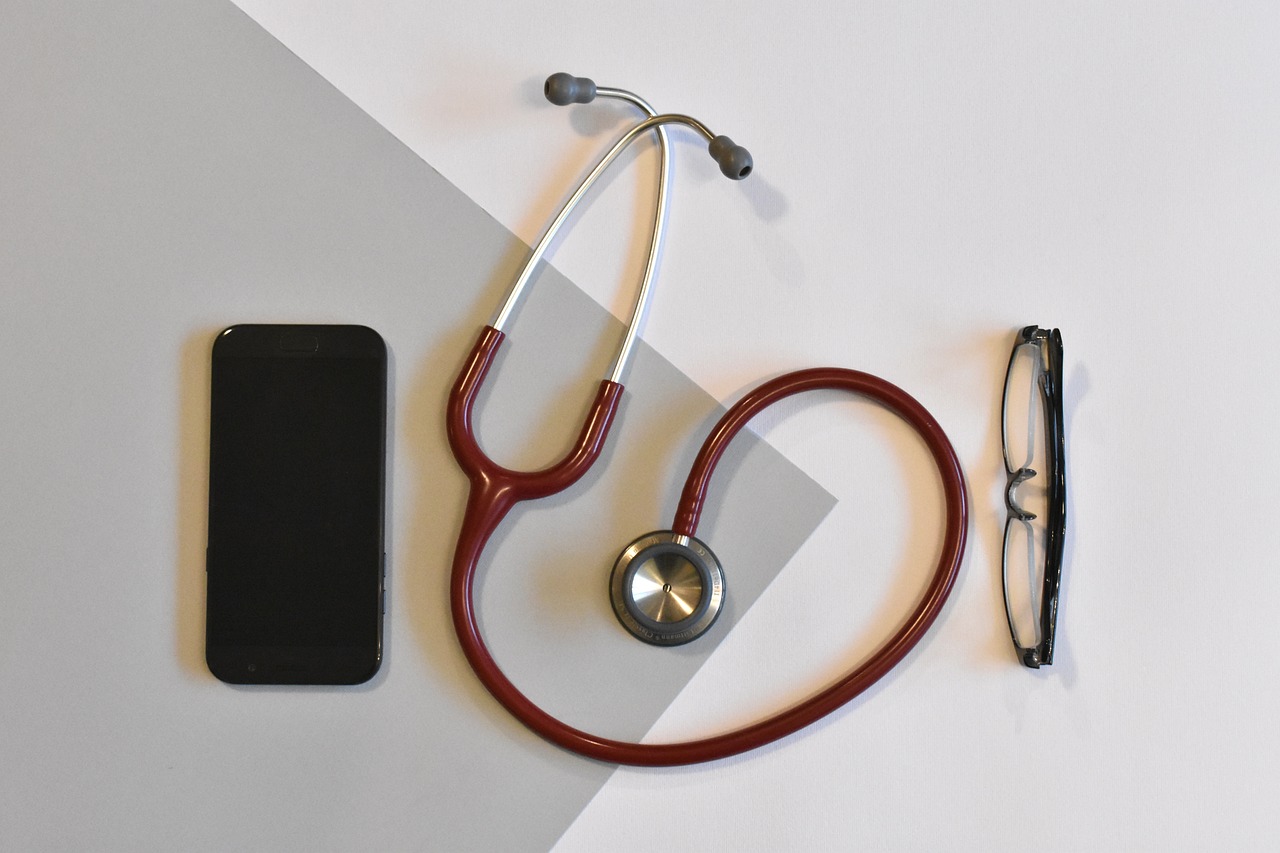In our previous post about remote patient monitoring (RPM), we discussed what RPM is, who it’s for, and how it works. In this post, we’ll delve a bit more into how RPM can benefit both patients and providers.
According to Business Insider, 23.4 million U.S. patients used RPM in the year 2020. That statistic is expected to reach 30 million by 2024–resulting in a whopping 11.4% of the U.S. population using RPM devices to take charge of their health. This might have you wondering–what exactly is it about RPM that’s so appealing? Below we’ve highlighted six major benefits of utilizing RPM technology:
1.Heightened convenience
A large part of RPM’s appeal is the convenience for both patients and providers. With the help of RPM technologies, patients no longer need to go into the office in order for their providers to gather vital sign measurements.
2. Improved patient engagement and outcomes
By having the chance to take their own measurements, patients can take control of their own health. Reporting these statistics to their provider via an RPM platform keeps patients aware of their own health, and also aids in increased understanding and familiarity of the data. In addition to that, RPM usage is reported to improve patient outcomes. The University of Pittsburgh Medical Center saw a 76% reduction in hospital readmissions as a result of implementing RPM.
3. Reduces spread of infectious diseases
By bypassing the need to bring patients into the office, RPM reduces the risk that patients contract infectious diseases, thus reducing the potential health risk previously associated with in-person care.
4. Minimizes expenses
RPM also succeeds in reducing expenses for both patients and providers. For one, the ability to receive care remotely eliminates the travel costs patients usually incur when commuting to and from the doctor. On the provider side, a KLAS Research report found that 17% of healthcare organizations using RPM reported reduced costs.
5. Encourages data-driven decision making
On RPM portals, providers have the ability to see a slew of data points on their patients’ health generated by consistent vital sign measurements. With these stats, physicians are able to look at the numbers and make the best data-driven decision for their patients.
6. Improved patient-provider relationship
In addition to a 76% reduction in hospital readmissions, The University of Pittsburgh Medical Center also reported patient satisfaction scores soaring over 90% after the implementation of RPM. Between ease of access to physicians, reduced costs, and improved outcomes, patients feel more content with their providers with RPM. On the flip side, physicians also experience a drop in costs and increase in positive outcomes and relationships.
Evidently, remote patient monitoring is an innovative take on health care that’s pushing boundaries and improving today’s medical landscape. If you’re interested, learn more about remote patient monitoring and our solutions.




